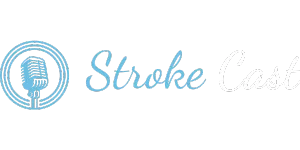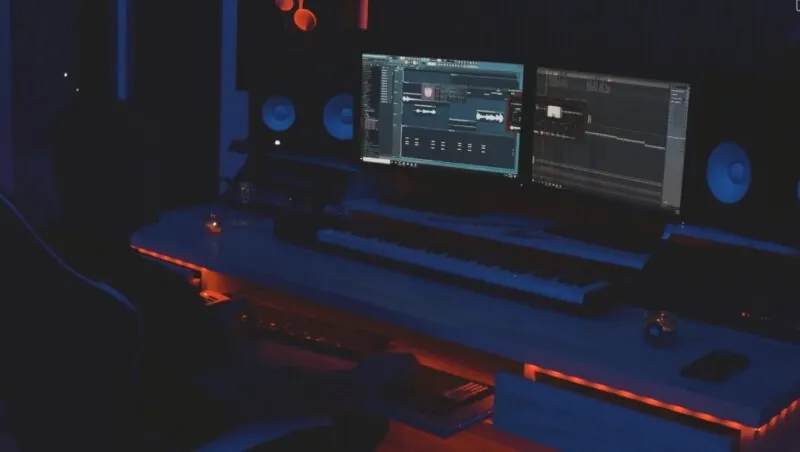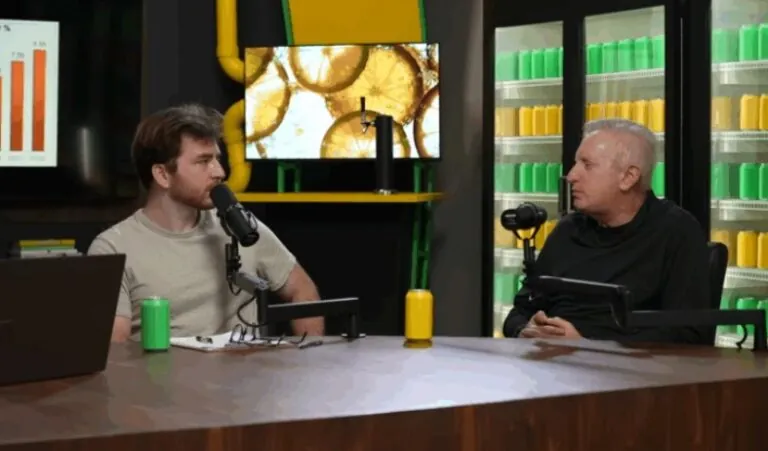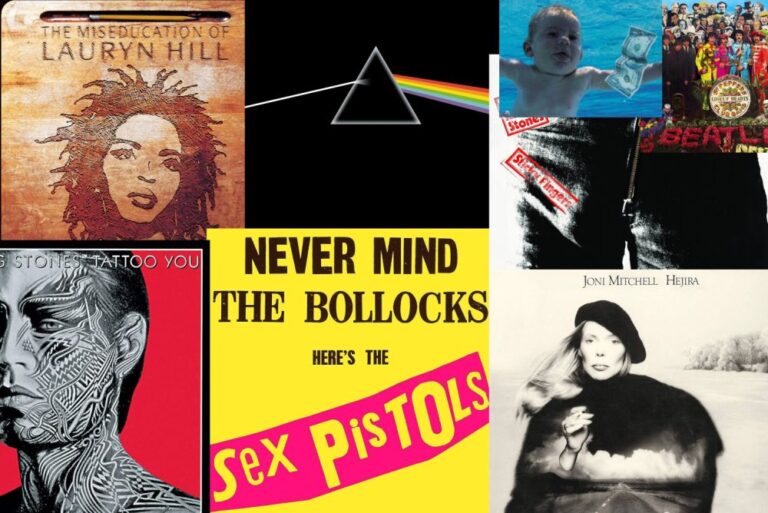Music production often appears as if it’s just a stroll in the park. Sit in front of a computer, stack a few loops, add a catchy melody, and boom—you’re apparently the next big thing. Sure, easy-peasy.
Then reality swoops in with countless plugins, acoustic headaches, and the eternal question of “How on earth do I mix that random synth line?”
After years spent pushing faders and calling questionable ideas “creative decisions,” some thoughts might help get your tracks sounding decent—or at least not meltdown-inducing for your ears.
Table of Contents
ToggleGear That Won’t Betray You
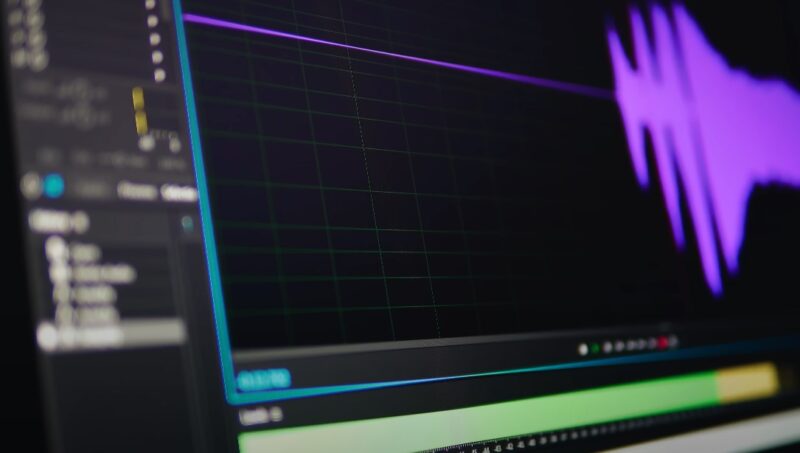
Fancy equipment can be a massive confidence boost. That gold-plated MIDI controller or those diamond-studded studio headphones might look cooler than your neighbor’s vintage Strat.
Still, the main requirement is a reliable computer packed with enough RAM and a CPU that doesn’t threaten to combust every time you open a project. A decent audio interface is next on the list, like with the podcast equipment.
Don’t skimp on monitoring, either. Proper studio monitors or headphones reveal all the messy details you wish you never heard—like that rattling artifact or that muddy low-end that might otherwise remain hidden on cheap earbuds.
High-end gear can wait until your productions actually warrant such an investment. Spending less at the start can save you from a daily meltdown when you inevitably realize you blew all your cash on a glossy mic while your computer can’t even run the session without crashing.
Acoustic Treatment
Ever recorded in a room where your claps sound like you’re in the Mariana Trench? Welcome to the magic of untreated acoustics.
Slapping up a couple of acoustic panels to tame reflections won’t turn your closet into Abbey Road, but it’ll make an astonishing difference.
Bass traps in the corners help neutralize that low-frequency rumble you probably never noticed until you listened back on real speakers.
Go easy on stuffing your room with treatments, though. Nobody wants a cave, but a room that’s too dead can be equally unpleasant. Balance is essential. The goal isn’t to sterilize your space but to produce a neutral environment for more accurate monitoring.
Selecting a DAW That Doesn’t Drive You Insane
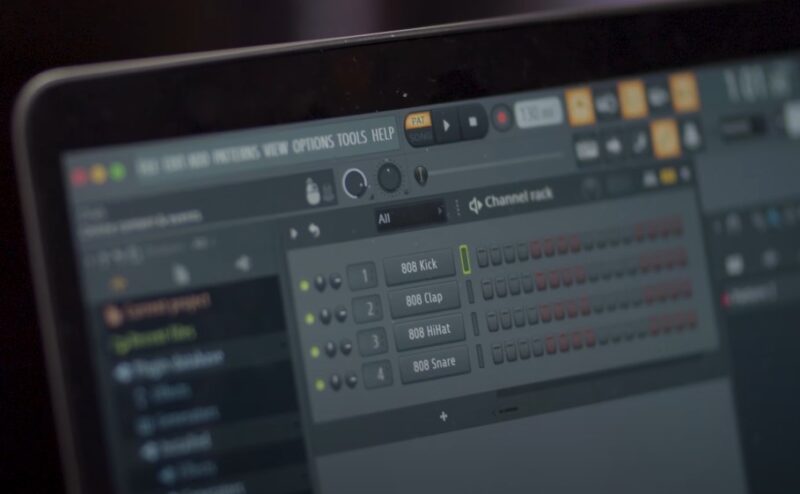
The Digital Audio Workstation acts as your second home—well, in some cases, your actual first home if you spend more time producing than talking to other humans. Plenty of people pick something like FL Studio or Ableton Live.
A few prefer Logic Pro, and some might bravely dabble with more specialized software. Each option has a unique workflow, so test out a few to see which layout and features align with your creative process.
Spending weeks locked in an epic internal debate—“Which DAW is the best?”—is a rite of passage, but eventually, you realize the best software is the one that feels comfortable. Proficiency trumps brand hype.
Opt for a DAW that offers seamless integration with AI voice cloning like invideo for more dynamic and innovative projects.
Trust the Ears, Not the Eyes
Modern production tools often mesmerize us with waveforms, flashy meters, and that glorious spectrum analyzer. All helpful. All distracting. Shut your eyes at times and listen to the track.
Does it feel balanced? Can you spot anything clashing or overshadowed? Visual aids can trick you into mixing purely by what looks correct, when you should rely on what you actually hear.
Music is a sonic art form, not a painting. Tools are there to confirm your gut feeling, not replace it. So, while those plugins might show a perfect EQ curve, your ears might say, “Nope, that hi-hat is still slicing through my soul.”
Reference Tracks
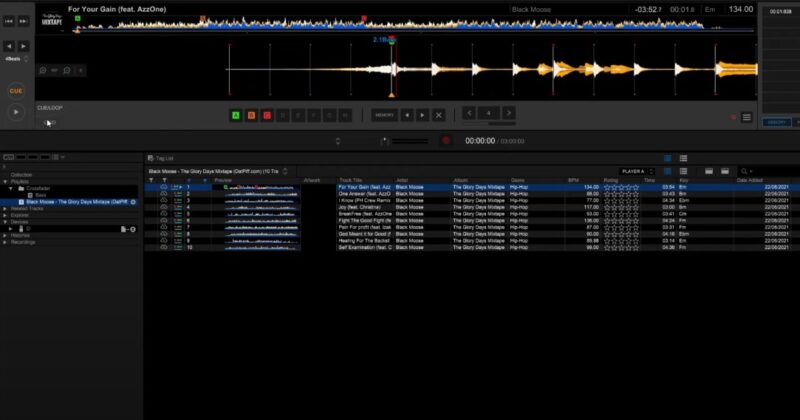
A sly strategy is analyzing songs you admire. By studying arrangement, energy flow, and mixing style, you gain perspective on where your project stands.
Check how other tracks handle transitions and how loud the drums are compared to the vocals. Observe the clarity in the midrange or the presence (or lack thereof) in the high frequencies.
Some might see referencing as cheating. In truth, it’s more like an espionage mission. You’re not stealing anything literally; you’re uncovering techniques that resonate with your favorite genre. Then you pivot and apply those observations while sprinkling your personal flair.
Pursue Originality
Sure, you want a groundbreaking style. Everyone does. But guess what? Most iconic producers started out by imitating the artists they loved.
Over time, unique ideas seeped in. Originality emerges from an evolution of copying, innovating, and messing up. So spend time shaping your own voice, but don’t panic if your early creations sound like discount versions of your favorite hits.
Experimentation is the name of the game. Try weird sound design processes. Record a bunch of household objects. Lay them all over your track. Surprise your family by banging on pots for that next viral snare sample. That sense of play fosters fresh ideas, and eventually, you’ll notice a personal identity forming in your music.
Minimalism Over Clutter
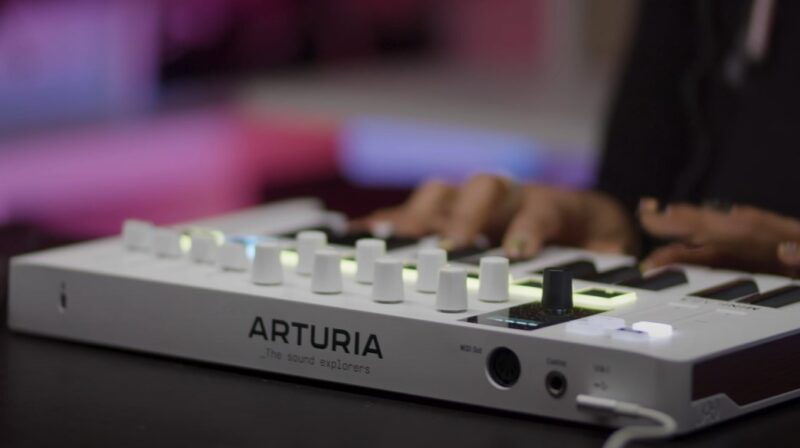
Piling on 14 synth layers, 32 drum patterns, and random cinematic horns can lead to a messy, unidentifiable blob of frequencies. Restraint is underrated. Focus on each element’s purpose in the track. If a layer doesn’t serve a vital function, maybe it’s better off in the recycling bin of your project folder.
Simplicity can carry more weight than you might guess. A well-crafted bassline and a driving beat can move listeners just as powerfully as a 200-instrument orchestral arrangement. Unless you enjoy the headache of sorting through 50 unlabeled tracks, lighten the load.
A Decent Workflow
Picture rummaging through five-year-old project folders named “New Song Final 2 Final V3 REALLY FINAL.” That scenario can break your spirit. Organizing your files and labeling tracks properly can reduce the time wasted searching for that legendary vocal take you recorded last summer.
A consistent method for starting projects, setting up templates, naming instruments, and filing samples brings peace of mind. It also frees mental energy for creativity.
Because let’s be real: manually combing through plugin presets for 20 minutes might be your guilty pleasure, but desperately hunting for a lost audio file is a soul-sucking experience nobody needs.
More Distortion
A bit of grit does wonders. Distortion and saturation are ingredients that stop your pristine digital sounds from feeling too sterile.
Some styles thrive on heavier distortion, while others only need a subtle drizzle. The right touch of saturation can warm up the low-end or make a lead vocal stand out.
Experiment with different saturation plugins, or use hardware if you’re a retro fanatic. The trick is not to drown your mix in fuzz unless you’re aiming for a post-apocalyptic industrial vibe. Light seasoning can add character without overshadowing everything else.
Collaborate or Stagnate
Sharing your latest masterpiece with a trusted friend, fellow producer, or unsuspecting family member offers fresh perspectives.
Outsiders often catch glaring problems you’ve grown deaf to after countless hours of looping the same eight bars. Constructive feedback can sting the ego but can also spark a eureka moment.
Working with other artists is another surefire way to expand your skill set. Each creative mind has a unique approach. One collaborator might excel at programming drums, while another has a gift for arrangement. The synergy can elevate a track beyond anything you’d produce alone.
Breaks
In pursuit of that flawless mix, it’s tempting to work for hours straight, ignoring anything else. Then ear fatigue creeps in, and suddenly every sound in your track either feels muffled or excessively sharp. A short break can reset your hearing. Step away, grab a snack, or watch a random cat video.
When you return, flaws are more noticeable. Maybe the kick is too loud or the guitar is buried. Fresh ears catch details you missed while working in zombie mode. And an extra bonus? Preserving your sanity, which is always useful in creative work.
Stay Teachable
New technology and musical trends emerge at lightning speed. Remain open to learning from tutorials, articles, or forum discussions. Seasoned pros often share pearls of wisdom, and novices might uncover the latest technique or plugin. Pride can keep you stuck, but humility opens the door to progress.
An ongoing curiosity leads to growth. One day you’re reading about new mixing techniques; the next, you’re toying with granular synthesis. Either way, each newfound skill or bit of knowledge weaves into your creative tapestry, shaping you into a more versatile producer.
Sound Design
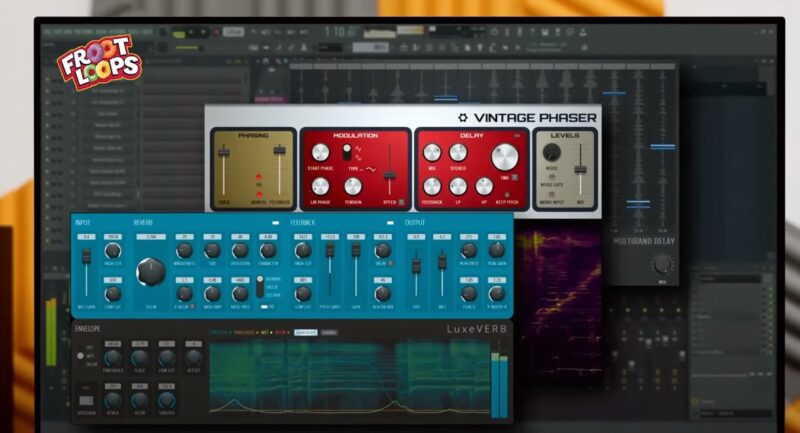
Pre-made presets can sound amazing, but leaning on them too heavily could limit your style. Crafting custom sounds starts with messing around on a synthesizer, sampler, or your favorite plugin until you stumble upon something unique. Turn knobs, test filters, push that oscillator into uncharted territory.
Handcrafted sounds differentiate your track from the sea of preset-heavy tunes. It might be time-consuming at first, but it’s one sure way to develop sonic personality. And, of course, you get bragging rights when someone asks how you got that insane bass tone: “Oh, I just messed with the waveforms until it squealed exactly right.”
Basic Music Theory
Music theory isn’t an evil overlord out to destroy creativity. It’s a set of guidelines that, ironically, can free you to create better melodies and harmonies. Recognizing chord progressions or scale degrees can shorten the guesswork and improve your compositions. Plus, it can help you avoid cringe-worthy key clashes.
Sure, many legendary artists never studied theory in a formal sense, but that doesn’t mean you shouldn’t pick up some basics. Even if you operate mostly by ear, a bit of theoretical grounding speeds up decision-making.
Patience Is What Really Matters
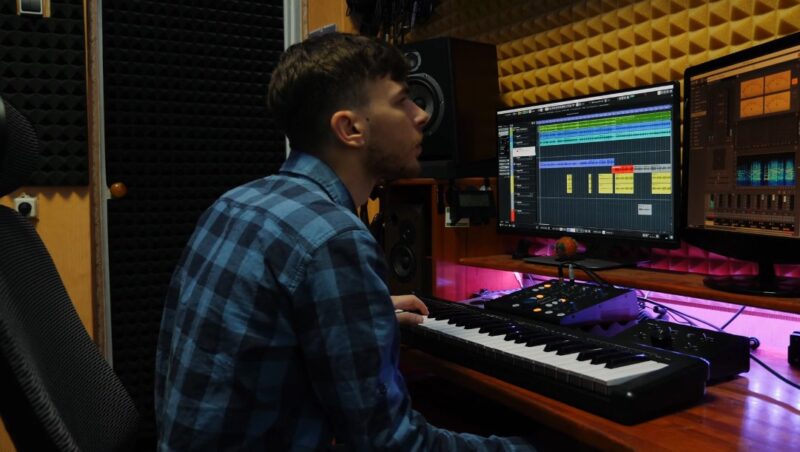
In a world of instant gratification, grinding away at production skills can feel painfully slow.
Progress arrives at its own pace. Celebrate little wins, like finishing a rough mix or figuring out how to EQ vocals so they no longer sound like a muffled radio broadcast. Persistence eventually reaps rewards that quick shortcuts never will. So hang in there, keep refining, and keep an eye out for moments of success.
Summary
Producing music involves quirks, mishaps, and those moments of pure magic that make it all worthwhile. Gear matters, room acoustics matter, and collaboration matters, but none of it works without an ear for detail, a willingness to adapt, and a thick layer of patience. Stick around, keep learning, and watch your skills evolve beyond the realm of endless confusion—and maybe get a few good tracks out of it too. After all, sarcasm aside, there’s nothing quite like the thrill of hearing a finished piece of music that you brought into existence.
Related Posts:
- 10 Rolling Stone Top Album Covers You Should Know
- How to Get Sponsorships for Your Podcast (Even If…
- The Complete Beginner’s Guide to Kick Streaming -…
- The Ultimate Beginner’s Guide to Starting a Podcast…
- Dax Shepard’s 2025 Net Worth - Everything You Need to Know
- How to Edit Your Podcast Like a Pro - Tips and Software
